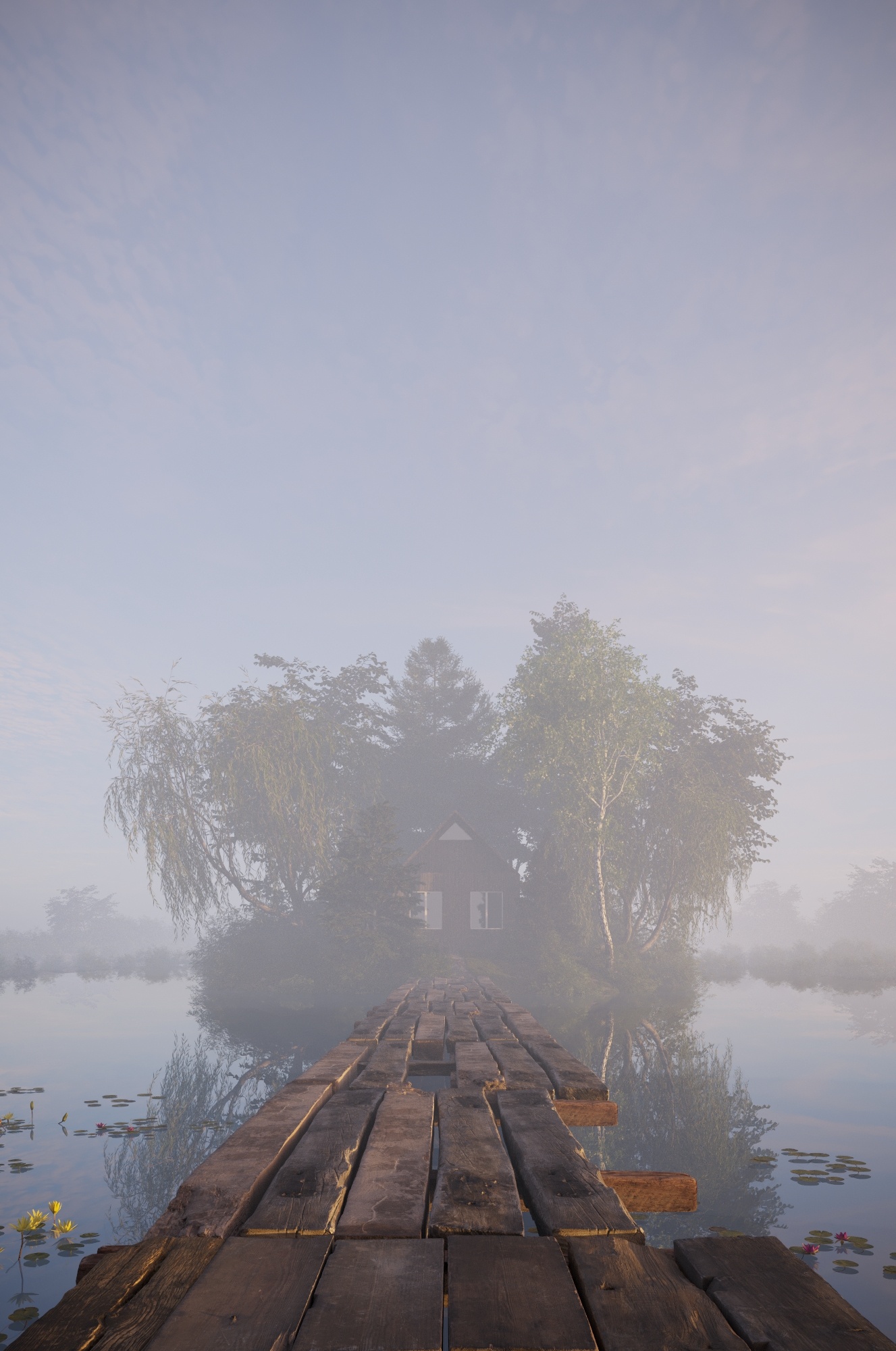This page provides information on the Corona Volume Material, its settings and usage.
Overview
Corona Renderer is a physically-based renderer, and just like in the real world, volumetric effects are a property of the material that light passes through, and not a property of the light source itself. This means that volumetrics are created in Corona for 3ds Max using materials, and no special settings are required in the light sources themselves.
Settings
Absorption
Color – Absorption is controlled by setting the color that an originally white ray has after traveling the specified distance in the medium.
Distance – Lowering this value makes the effect stronger. Distance 0 is a special value that disables the effect completely.
Scattering
Color – Strength and color tint of the volumetric scattering inside the material. Setting a non-black value enables volumetric scattering/SSS effects from this material. Each time light scatters inside the material, it gets multiplied by this value.
Directionality – Directionality equal to 0 produces isotropic (diffuse) scattering, positive values produce forward scattering, and negative values produce backward scattering. A default value of 0 is suitable for most media, with the exception of clouds where a higher positive number produces the effect of a silver lining. Values close to 1 or -1 increase the amount of image noise.
Single bounce only – When enabled, only a single bounce (direct lighting) is scattered in the medium. This results in a biased (darker) but faster rendering. Useful e.g. for rendering god rays.
Emission
Color – Emission from the volume (glowing plasma effect). Controlled by setting the color that is emitted from each distance of ray traveling in the medium.
Distance – Lowering this value makes the effect stronger. Distance 0 is a special value that disables the effect completely.
Volume mapping
Mode:
On Surface – Textures are resolved at the volume boundary (resulting in a medium that is still homogeneous inside even though it is mapped on the surface).
Inside Volume – Textures are evaluated inside the volume along the ray (resulting in a true heterogeneous medium). Note that this mode works well only for textures with Object XYZ or World XYZ mapping.
Step size – When mapping mode is set to Inside Volume, textures are sampled along the ray once per step. This parameter defines the length of the step and thus also the number of steps along the ray. Increasing the step size leads to faster rendering, but a noisier result. Decreasing the step size leads to slower rendering with higher quality results.
Allow mixing with other volumes – When enabled, this volume is mixed together with any other mixable volumes it intersects. When two volumes A and B are intersecting and have this feature disabled, the volume used in their intersection is either purely from A or from B (they won't mix) depending on which volume was entered later by the ray.
Alpha mode – Specifies how the objects with the material are visible in the alpha channel. Available modes are:
Default – This is the default mode. In this mode, the material alpha value is derived from its opacity.
Always black – In this mode, the material alpha value is black (material shows as transparent).
Always white – In this mode, the material alpha value is white (material shows as opaque).
Usage workflow
In order to simulate fog/aerial perspective, enable Global Volume Material in Scene - Scene Environment and apply Corona Volume Mtl.
UI Path: ||Render Setup|| > ||Scene|| > Global Volume MTL













